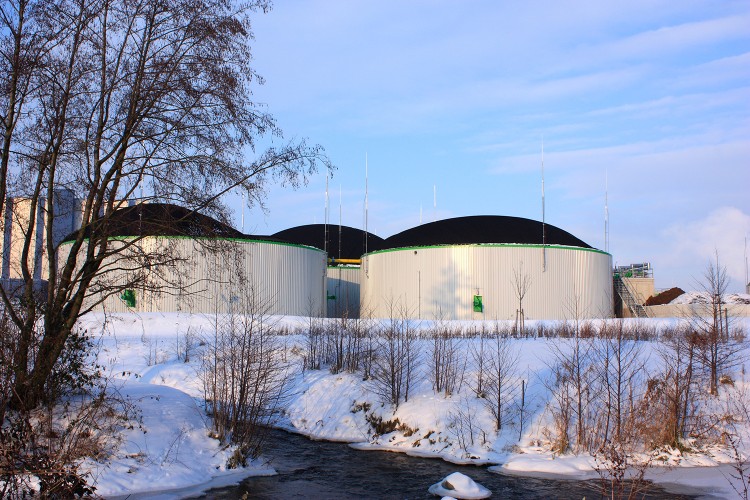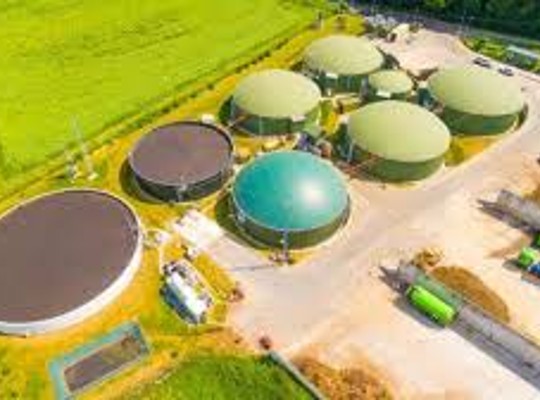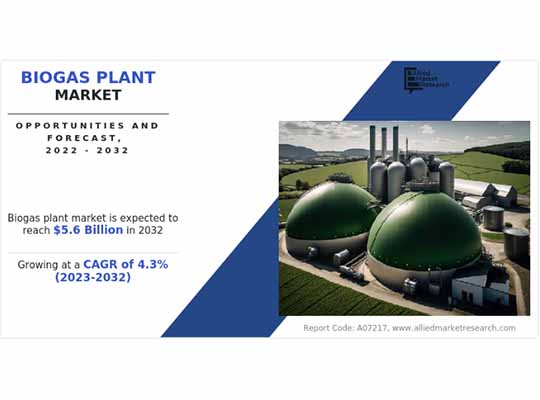Wastewater treatment plants (WWTPs), farms, and food processing facilities have the incredible opportunity of transforming waste materials into heat and energy through onsite biogas production. Many already take advantage of anaerobic digestion to convert manure, wastewater, and plant-based waste into methane used to heat and power their own facilities. Yet this local form of renewable energy comes with inherent efficiency challenges—challenges that can be effectively addressed through bioaugmentation and biostimulation. Bionetix® International encourages biogas facilities to explore those options now so they can be ready for maximum heating efficiency when winter prompts them to turn up the thermostat.
Common Biogas Efficiency Challenges
An anaerobic digester that produces 60% methane, 40% carbon dioxide, and less than 1% H2S and other impurities is doing extremely well. However, when hydrolysis or other stages of the methanation process go wrong, the rate of methane production can drop, while the rate of H2S or other unwelcome byproducts can increase. Readily available plant-based feedstocks present a special challenge because they create compounds that inhibit the growth of key microorganisms involved in anaerobic digestion, reducing the amount of biogas produced and in turn affecting the amount of energy or heat that is available to the plant.
Enhance Performance with Microbes and Nutrients
Sometimes all that biogas generators need to fix these problems is to call in microbial and nutritional reinforcements. Bio-augmentation is the addition of beneficial microbes, and biostimulation is the addition of select nutrients that promote healthy microbial activity. One anaerobic digestion supplement that fulfills both purposes is BCP12™. BCP12™ contains select microorganisms and nutrients that promote healthy hydrolysis, acidogenesis, and acetogenesis to boost conversion of carbohydrates, fats, and proteins into methane formers. Moreover, BCP12™ appears to work well even in the presence of inhibitors that are common in lignocellulosic biomass,* making it an excellent addition to anaerobic digesters at facilities that process waste from food, crops, or pulp and paper.
BCP12™ showed promising benefits when applied during a trial at a wastewater facility that used excess methane to fuel the boilers that heated their own buildings and digestion process. The facility noticed an increase in biogas production that could significantly offset their need for natural gas at a fraction of the normal cost, so it was recommended that BCP12™ be added daily to the digester during the heating season.
Another great addition to anaerobic digesters is BIOGAS BOOSTER 3™, a special blend of three micronutrients specially chosen to stimulate microbial activity. These micronutrients are stable and bioavailable, ensuring easy microbial uptake. Laboratory testing conducted by York University, Ontario, in 2020 showed an increase in biogas production in just one week when BIOGAS BOOSTER 3™ was used.* An increase like this in the field would mean that facilities could get more thermal energy and electricity, thereby increasing the energy recovery from digested substrates.
Turn Up the Heat Next Winter
If your facility needs to discard large amounts of wastewater, manure, or food scraps, don’t miss your opportunity to convert waste into valuable biogas and help cut your facility heating and energy bill next winter. Then, go one step farther to optimize efficiency with bioaugmentation and biostimulation so you don’t have to feel guilty next time you turn up the thermostat! Need additional help? Contact Bionetix® International for further assistance maximizing your biogas efficiency.











